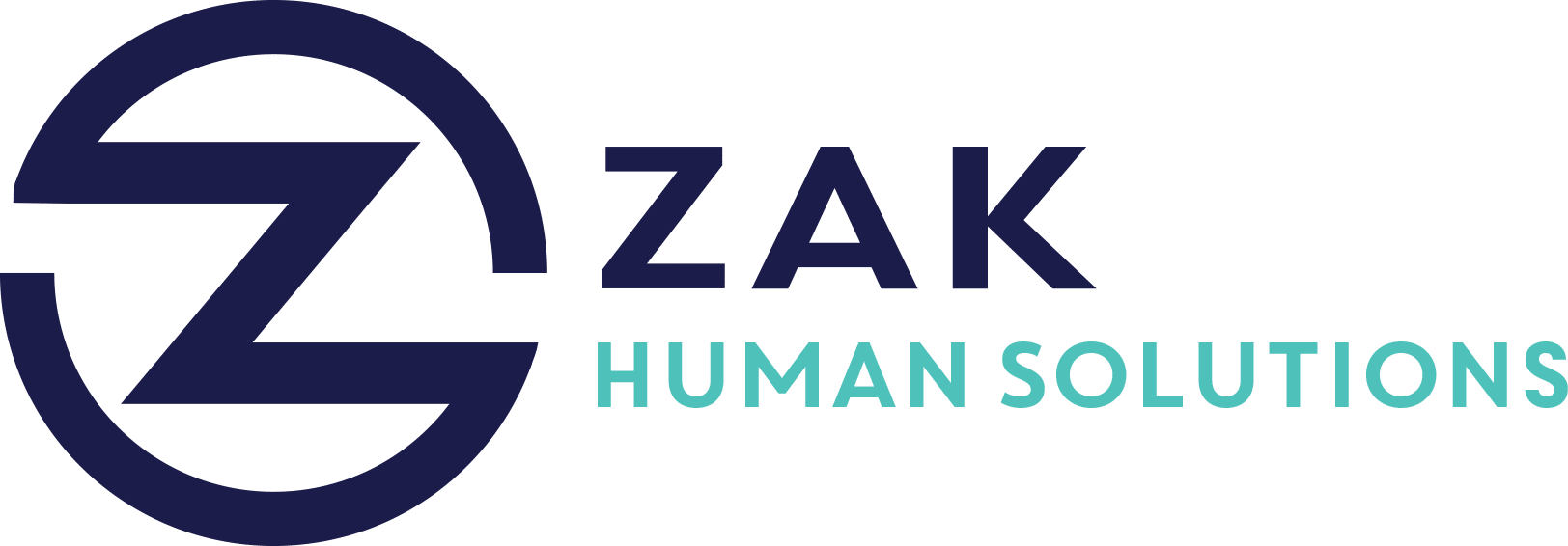Key Takeaways
- Developing internal talent, retaining employees, and managing labour costs are 2025’s main HR priorities.
- The HR Trends Report 2025 shows a shift from recruitment to talent development and retention.
- Developing leaders is crucial for handling their evolving roles and maintaining team wellbeing.
- Increased efforts in employee listening, but only 37% have a strategic listening method.
- Emerging trends include skills-based hiring, AI upskilling, and neuroinclusive leadership.
- Measure ROI of HR programs and prioritize transparency in pay decisions.
- Implementing reverse mentorship and trauma-informed practices are new areas of focus.
- Returnships are being embraced to expand talent pools.
In 2025, Human Resources (HR) is positioned at a transformative crossroads, where emerging trends and best practices are redefining how organizations manage their talent and operational strategies. As economic landscapes and workforce demographics continue to evolve, HR professionals are shifting their focus from traditional recruitment to more nuanced areas like talent development, employee retention, and labour cost management. Let’s delve into these pivotal trends reshaping the HR industry.
2025 HR Priorities and Trends
Developing Internal Talent and Leadership
At the heart of HR priorities for 2025 is developing internal talent and grooming leaders. Organizations are increasingly recognizing the importance of cultivating an internal leadership pipeline to navigate complex business environments. This approach not only prepares leaders for expanded roles but also emphasizes the need for maintaining their wellbeing alongside that of their teams.
- Why is this important?
- Internal leadership development helps align the organization’s goals with employee aspirations.
- It mitigates the risks associated with external hiring and fast-tracks the achievement of strategic objectives.
Retaining Employees and Controlling Labour Costs
The evolving labor market has made employee retention a core focus for HR leaders. Companies are leveraging enhanced employee experiences to ensure workforce stability. Moreover, managing labour costs remains a strategic imperative given the tightening economic conditions.
- Actionable Strategies:
- Implement competitive compensation packages and benefits.
- Foster a positive work environment and culture that values employee contributions.
- Monitor and optimize operational efficiencies to curtail unnecessary expenditure.
The Rise of Employee Listening
In 2025, employee listening has emerged as a key integral tactic for improving retention and engagement levels. While 61% of organizations are increasing their listening efforts, only 37% have structured strategies, emphasizing the need for more systematic approaches.
- How to do it effectively:
- Regular feedback mechanisms such as surveys or one-on-one interviews.
- Creating action plans based on feedback and communicating subsequent changes.
- Utilizing data analytics to make informed talent management decisions.
Emerging HR Trends
Skills-Based Hiring and AI Upskilling
The shift towards skills-based hiring over traditional qualifications is gaining momentum, offering organizations a more dynamic approach to assembling their teams. Simultaneously, aligning workforce capabilities with technological advances through AI-focused upskilling is critical.
- Benefits of Skills-Based Hiring:
- Allows for a broader talent pool and more diversity.
- Focuses on specific competencies that are directly applicable to job requirements.
Neuroinclusive Leadership and Trauma-Informed Practices
HR is making strides towards fostering neuroinclusive leadership, which ensures that diverse cognitive perspectives are valued within the workplace. Additionally, adopting trauma-informed practices helps create a psychologically safe environment conducive to innovation and collaboration.
- Implementation Tips:
- Conducting training and workshops to raise awareness and understanding.
- Revising policies to accommodate diverse neurocognitive styles and challenges.
- Encouraging open dialogue and feedback on inclusivity matters.
Returnships and Reverse Mentorship
Organizations are increasingly implementing returnships, which are structured programs that help professionals restart their careers after a hiatus. Simultaneously, reverse mentorship introduces fresh perspectives by pairing younger employees with experienced mentors.
- Advantages:
- Returnships facilitate talent reintegration and can diversify the talent pool.
- Reverse mentorship promotes continuous learning and bridges generational gaps.
Measuring ROI and Transparency in HR Initiatives
For HR programs to justify their strategic value, measuring Return on Investment (ROI) and maintaining transparency in pay decisions are becoming non-negotiable components of corporate accountability.
- Steps to Enhance ROI and Transparency:
- Develop clear metrics and performance indicators for talent initiatives.
- Implement consistent and fair pay structures based on role responsibilities and market benchmarks.




